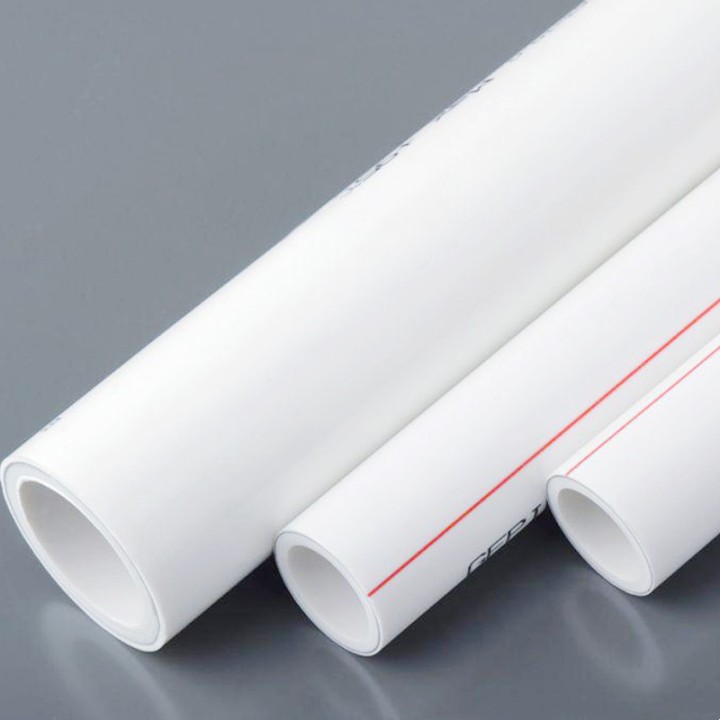Aug . 13, 2024 02:36 Back to list
Affordable PPR Pipe Pricing and Product Options for Your Plumbing Needs and Solutions
Understanding PPR Pipe Price Products A Comprehensive Overview
Polypropylene Random Copolymer (PPR) pipes have gained significant popularity in the plumbing and construction industries due to their excellent properties and versatility. As urbanization continues to grow, the demand for efficient and durable piping solutions has surged, making PPR pipes an essential choice for many professionals. This article explores the factors influencing PPR pipe prices, the advantages of using PPR, and considerations for selecting the right products.
The Rise of PPR Pipes
PPR pipes were first introduced in the 1990s and have since revolutionized the plumbing sector. Made from a thermoplastic polymer, PPR pipes are known for their resistance to temperature fluctuations, corrosion, and chemical exposure. They are often used in hot and cold water supply systems, heating installations, and industrial applications. The durability and longevity of PPR makes it a preferred choice over traditional materials like metal and PVC.
Factors Influencing PPR Pipe Prices
1. Material Quality One of the most significant factors affecting the price of PPR pipes is the quality of the raw materials used in their production. High-quality polypropylene resin will result in stronger, more durable pipes, which can command a higher price. It's essential for consumers to ensure they are procuring products made from top-grade materials to avoid future maintenance costs.
2. Production Standards The manufacturing process and standards also critically impact pricing. Pipes produced following stringent international standards (such as ISO or ASTM) may be priced higher due to the advanced technology and quality control measures involved. Such standards ensure the pipes can handle the specific pressures and temperatures they will be exposed to in various applications.
3. Diameter and Wall Thickness PPR pipes come in various diameters and wall thicknesses. Larger diameter pipes or those with thicker walls can handle greater pressure and are often priced higher. Buyers must assess their specific application needs to select the appropriate size without overpaying for unnecessary attributes.
4. Market Demand Like any commodity, the price of PPR pipes is influenced by supply and demand dynamics. In periods of increased construction activity or infrastructure projects, the demand for PPR products can drive prices higher. Conversely, fluctuations in the construction market can lead to price drops.
5. Supply Chain Factors Import duties, shipping costs, and local regulations can also affect the pricing of PPR products. Understanding the local market landscape is crucial for consumers looking to purchase PPR pipes at competitive prices.
ppr pipe price products

Advantages of PPR Pipes
Investing in PPR pipes offers numerous advantages
- Durability PPR pipes can last for over 50 years, providing excellent value over time.
- Resistance to Corrosion Unlike metal pipes, PPR does not corrode, ensuring clean water supply without contamination.
- Thermal and Chemical Resistance PPR pipes can withstand high temperatures, making them suitable for hot water applications.
- Ease of Installation Lightweight and easy to cut, PPR pipes can be installed quickly, reducing labor costs.
- Environmental Benefits PPR is recyclable, making it an eco-friendly choice compared to other traditional piping materials.
Conclusion
The pricing of PPR pipe products is influenced by various factors, ranging from material quality to market demand. Understanding these aspects can help buyers make informed decisions when selecting their piping solutions. The numerous advantages of PPR pipes make them a valuable investment for plumbing and construction applications, and by considering quality and pricing factors, consumers can benefit from their durability and efficiency for years to come. As the market continues to evolve, keeping an eye on emerging technologies and innovations will also play a crucial role in maximizing the benefits of PPR piping systems.
-
DN100 PVC Pipes for Well Casings - Durable & Corrosion-Resistant
NewsAug.22,2025
-
HORON 25mm PPR Plumbing Pipes: Durable, Reliable & Leak-Proof
NewsAug.21,2025
-
32mm HDPE Pipes in Coil: Flexible & Durable Water Supply
NewsAug.19,2025
-
Flexible 32mm HDPE Pipes in Coil - Durable & Easy Install
NewsAug.18,2025
-
HDPE Sprinkler Pipe Manufacturers - Quality & Durable Solutions
NewsAug.17,2025
-
Durable DN100 PVC Well Casing Pipes for Reliable Water Supply
NewsAug.16,2025

